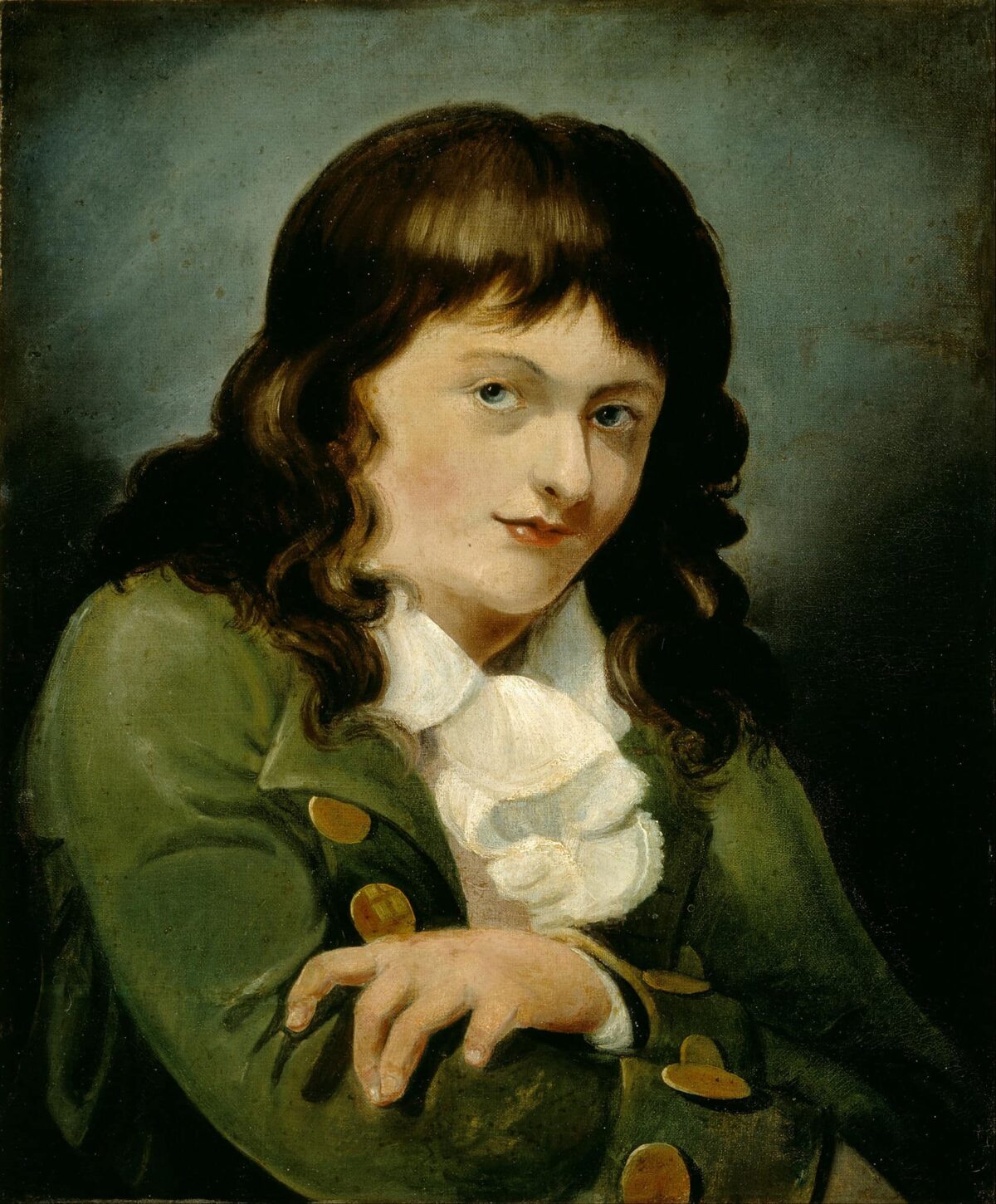Biography
A brief illustrated biography is available on the Tate website.
The most recent books on Turner’s life are: Anthony Bailey, Standing in the Sun: A Life of J.M.W. Turner, 1997, paperback edition 2013, and James Hamilton, Turner: A Life, 1997, paperback edition 1998; and Franny Moyle, The Extraordinary Life and Momentous Times of J.M.W. Turner, 2016, paperback edition 2017.
Chronology
There are numerous published chronologies of Turner’s life and work, but many of these are out of date as a result of new research.
The most reliable of the published chronologies at present is that contained in the exhibition catalogue J.M.W. Turner edited by Ian Warrell, Tate Publishing, 2007.
A good online chronology can be found on the Tate website.

A Brief Turner Chronology
1775
Birth of Turner in Maiden Lane, possibly on 23 April.
Baptised at St Paul’s Church, Covent Garden, on 14 May.
1783
Death of younger sister, Mary Ann, aged 4.
1789
Starts attending classes at the Royal Academy Schools.
1790
Watercolour accepted by the Royal Academy for the first time: The Archbishop’s Palace, Lambeth.
1793
Outbreak of war between Britain and France.
1796
Oil painting accepted by the Royal Academy for the first time: Fishermen at Sea.
1799
Elected an Associate member of the Royal Academy.
Moves from his father’s house in Covent Garden to Harley Street.
1800
Mother admitted to Bethlem Hospital.
1802
Elected a full member of the Royal Academy and presents Dolbadern Castle as his ‘Diploma picture’.
Makes the first of many visits to France and Switzerland.
1804
Death of Turner’s mother in Bethlem Hospital.
Turner opens a gallery in his own house to show his pictures.
1807
Elected Professor of Perspective at the Royal Academy.
Starts issuing his Liber Studiorum.
1809
Moves round the corner from Harley Street to Queen Anne Street West, retaining his gallery.
1812
Paints Snow Storm: Hannibal and his Army crossing the Alps.
1815
Paints Dido building Carthage and Crossing the Brook.
Defeat of Napoleon at Waterloo and return of peace to Europe.
1817
First of several visits to the Low Countries and Germany.
1819
First of several visits to Italy.
1820-1
Creates a new gallery at his house.
1828
Uses a studio in Rome and exhibits three paintings there.
1829
Paints Ulysses deriding Polyphemus.
Death of Turner’s father.
1834
Witnesses the burning of the Houses of Parliament.
1835
Makes a tour which includes Copenhagen, Berlin and Prague.
1836
Criticism of Turner’s art in the press arouses the anger of the 17-year-old John Ruskin.
1839
Paints The Fighting Temeraire.
1843
Ruskin begins publishing Modern Painters in Turner’s defence.
1844
Paints Rain, Steam, and Speed.
1845
Last trip abroad, to the north French coast.
1845-6
Serves as Acting President of the Royal Academy during the illness of the President.
1850
Exhibits for the last time at the Royal Academy.
1851
Death of Turner in Cheyne Walk, Chelsea, on 19 December.
Buried in St Paul’s Cathedral on 30 December.
